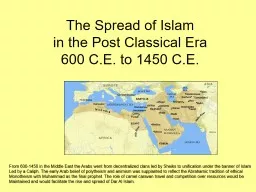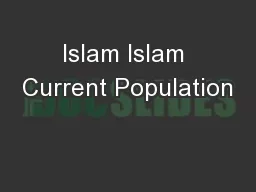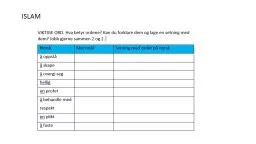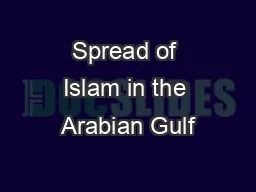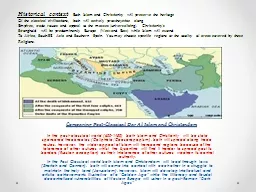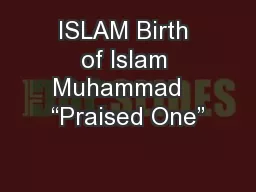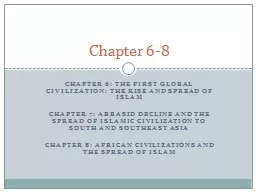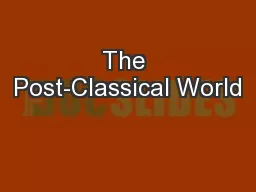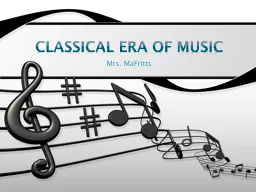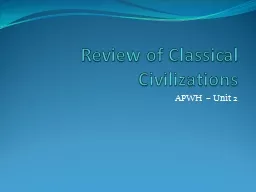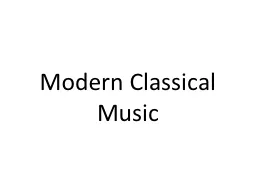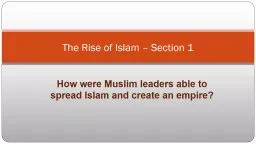PPT-The Spread of Islam in the Post Classical Era
Author : conchita-marotz | Published Date : 2018-09-21
600 CE to 1450 CE From 6001450 in the Middle East the Arabs went from decentralized clans led by Sheiks to unification under the banner of Islam Led by a Caliph
Presentation Embed Code
Download Presentation
Download Presentation The PPT/PDF document "The Spread of Islam in the Post Classica..." is the property of its rightful owner. Permission is granted to download and print the materials on this website for personal, non-commercial use only, and to display it on your personal computer provided you do not modify the materials and that you retain all copyright notices contained in the materials. By downloading content from our website, you accept the terms of this agreement.
The Spread of Islam in the Post Classical Era: Transcript
Download Rules Of Document
"The Spread of Islam in the Post Classical Era"The content belongs to its owner. You may download and print it for personal use, without modification, and keep all copyright notices. By downloading, you agree to these terms.
Related Documents

